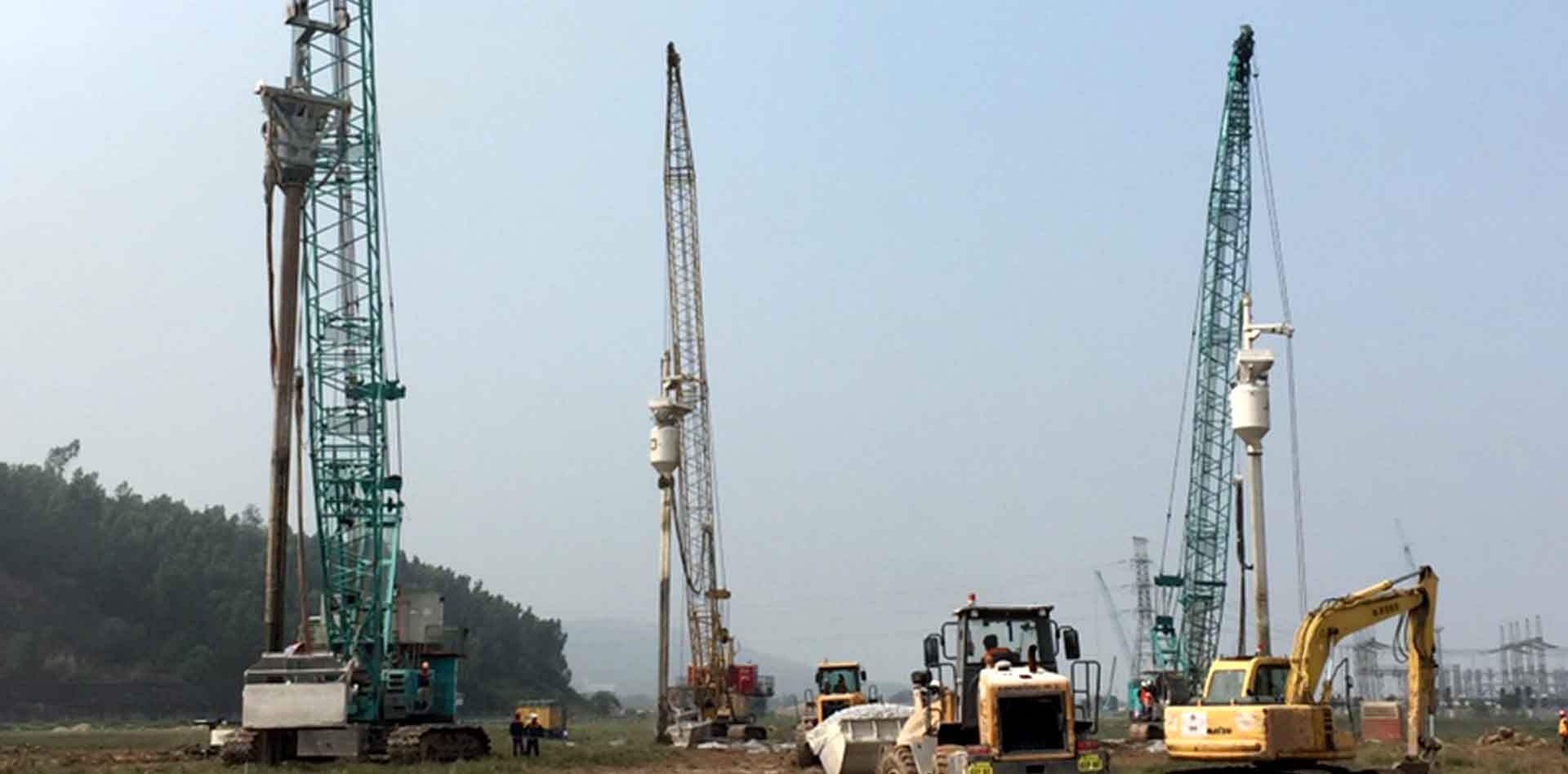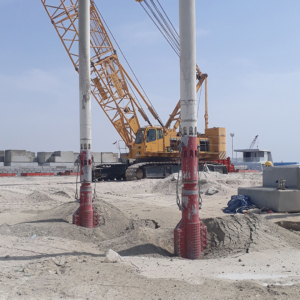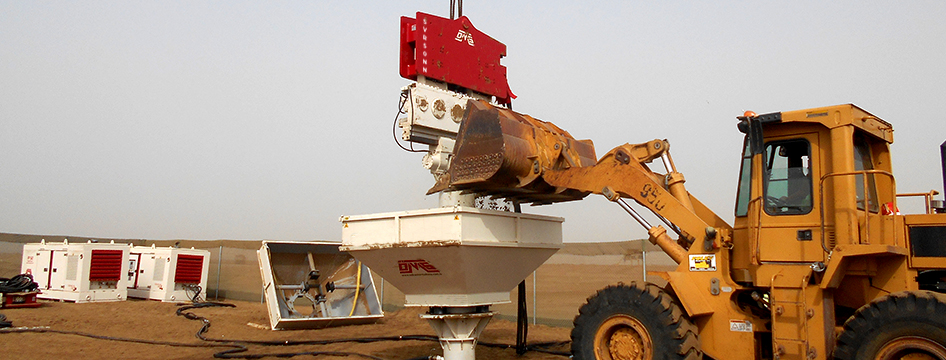Interview with Dr Ed Garbin About Ground Improvement

Ground Improvement with Vibro Compaction – Vietnam
We Asked Dr Ed Garbin About Ground Improvement
You will read the answers to these questions in this interview:- What are some of the most common soil improvement techniques, in your experience, used in practice?
- How important are the structural foundations in construction projects?
- What is soil liquefaction? Which kind of risks are involved? What are the solutions?
- Which kind of solution do you suggest to prevent time and money consuming?
- Based on your knowledge and experience, what is the most important issue about soil improvement?
Who is Dr Ed Garbin?
Can you tell us about your history with soil improvement? How did you get into this speciality?
My first exposure to ground improvement, vibro stone columns to be specific, was in 1998 during my Master’s degree studies. I was working on developing correlations between static load testing and StatNamic load testing of shallow foundations on vibro stone column-improved soils. In order to compare both test methods side-by-side, I started shadowing Hayward Baker on their stone column projects that included load testing. They performed the static tests while my team performed the StatNamic tests. Years later, after completing my Doctoral studies, I became a Chief Engineer with Hayward Baker specializing in ground improvement among other things. Today I own and operate a boutique speciality geostructural design firm, Garbin GeoStructural Group where we do work for many different contractors all over the country. I encourage everyone to follow my company on LinkedIn as you may just see something that can really help you with your project.
What are some of the most common ground improvement techniques, in your experience, used in practice?
That really varies quite a bit regionally as does the geology. For example, some areas are plagued with highly expansive clay, so soil injection is a common practice. Other areas are prone to sinkholes, so vibro techniques and compaction grouting are often utilized. Day to day, I’d say most of the ground improvement work we do is vibro stone columns, rigid inclusions, compaction grouting, and some soil mixing. Many times, we’ll design a combination solution utilizing multiple techniques on the same site in order to solve complex geotechnical problems. You can click to read about “Ground Improvement Techniques” using with OMS vibroflots!How important are the structural foundations in construction projects?
Have you ever seen the famous “leaning tower of Pisa?” I guarantee you that the plans for that project did not contain the term “leaning.” Starting off on a solid foundation is the single more important part of any construction project. And to make sure this happens a thorough geotechnical exploration of each site is imperative. What you can’t see can make a difference!
OMS Tandem Vibroflots
What is soil liquefaction? Which kind of risks are involved? What are the solutions?
When loose, saturated, granular soils are exposed to seismic stress waves (i.e., shaken) the soil grains rapidly try to pack themselves into a denser configuration. To do so requires water in the pore spaces to be displaced. When this cannot occur quickly enough, the pore water pressure rises and at some point reaches a level where the soil grains are no longer in contact with each other. The soil temporarily acts like a fluid, and anything supported by that soil will sink. Structures can potentially collapse. There are several common ways to mitigate the risk of liquefaction. The site soils can be depth-compacted using a tool such as a vibroflot so that the soil particles are already in a dense configuration. Also, drainage in the soil mass can be improved by the installation of stone columns and/or large diameter vertical drains known as “earthquake drains.” This prevents the buildup of high pore water pressure during a seismic event. Finally, the liquefiable soils can be “shielded” from seismic stresses using interlocking soil mix panels (think of a tic-tac-toe board pattern). The soil mix material absorbs the seismic stresses such that the liquefiable soils never experience them.In one of your article, you say that “too much money and time are wasting in site applications unnecessarily”. What kind of solution do you suggest to prevent time and money consuming?
Time and time again I see substantial money wasted below ground simply because owners, developers, architects, and contractors do not know what options are available to them. This starts with the geotechnical exploration. Most often the firm offering the lowest price wins the geotechnical work, and this, unfortunately, leads to substandard testing, conclusions, and recommendations. When geotechnical engineering companies stop the practice of undercutting each other and selling their services as a commodity, this problem may disappear. In the meantime, one of the goals of my company will continue to be helping others to “Know Your Options.” For example, when we are given a deep foundation plan and asked for a ground improvement value engineering option, often we can save the client 30% to 60% or more on their foundation costs and substantially decrease construction time. Had they not asked, time and money would be wasted.
Vibro Stone Column





 OMS Pile Driving Equipment GmbH.
OMS Pile Driving Equipment GmbH. OMS Pile Driving Equipment GmbH.
OMS Pile Driving Equipment GmbH.
Leave a Reply
Want to join the discussion?Feel free to contribute!